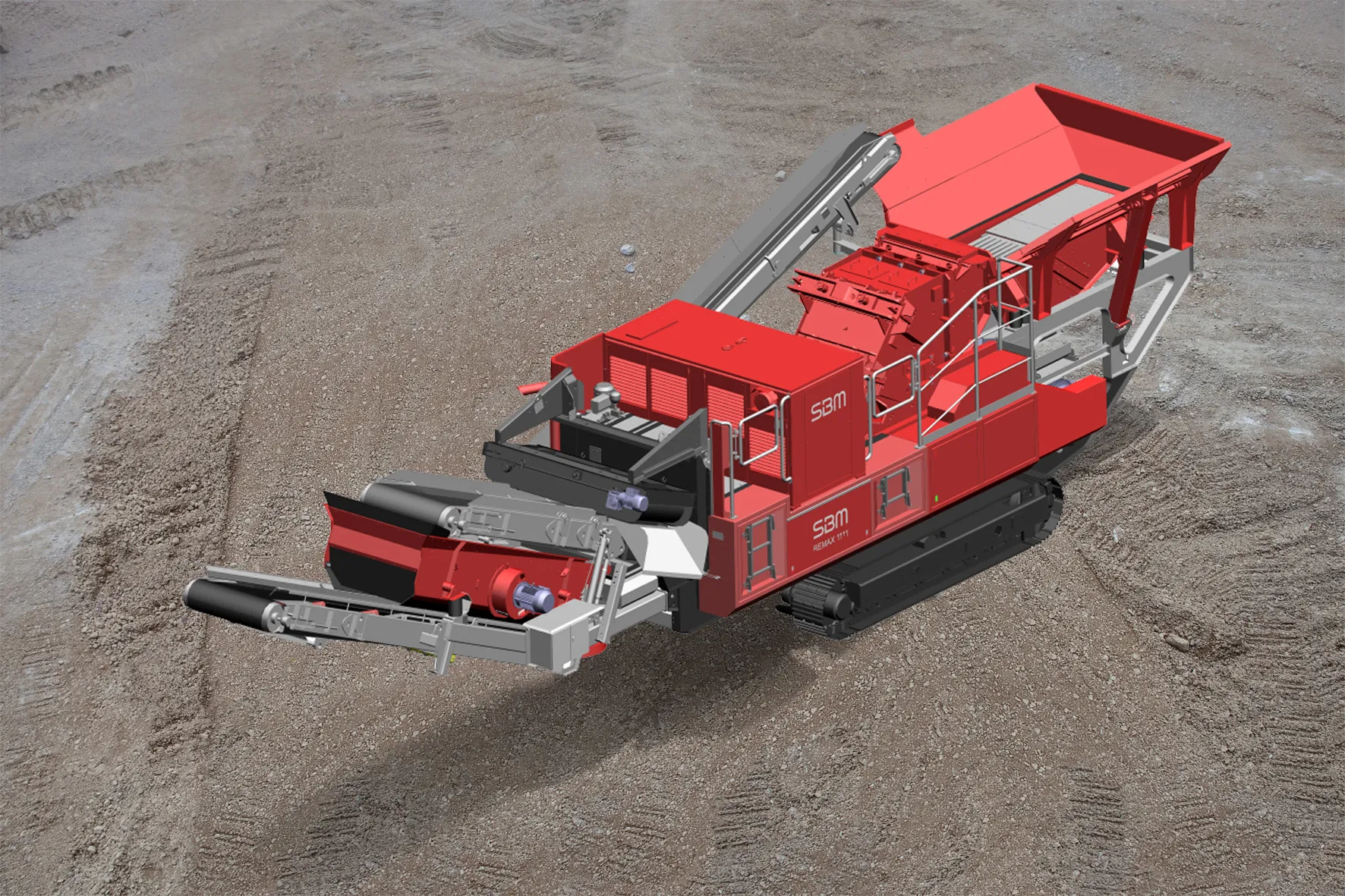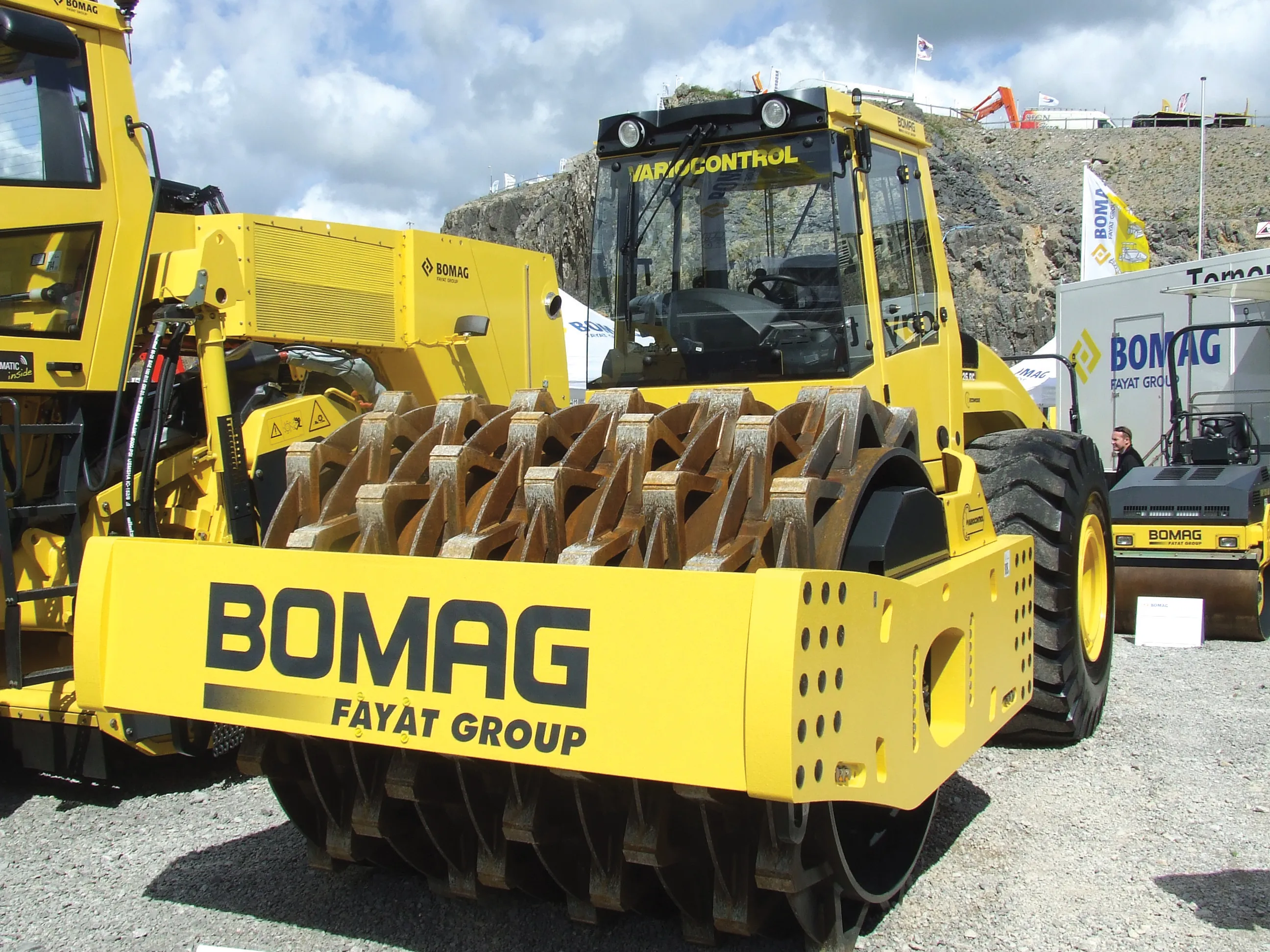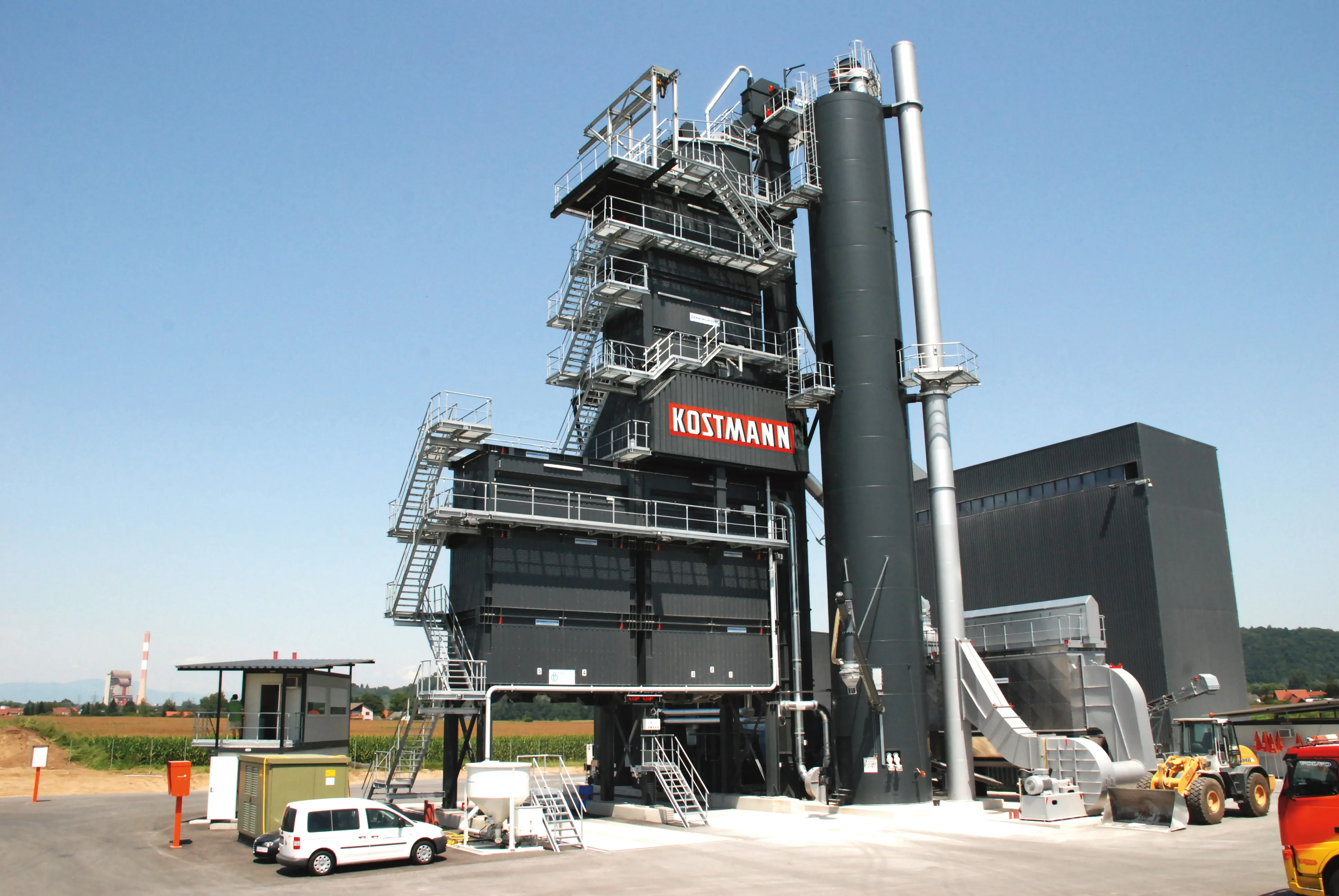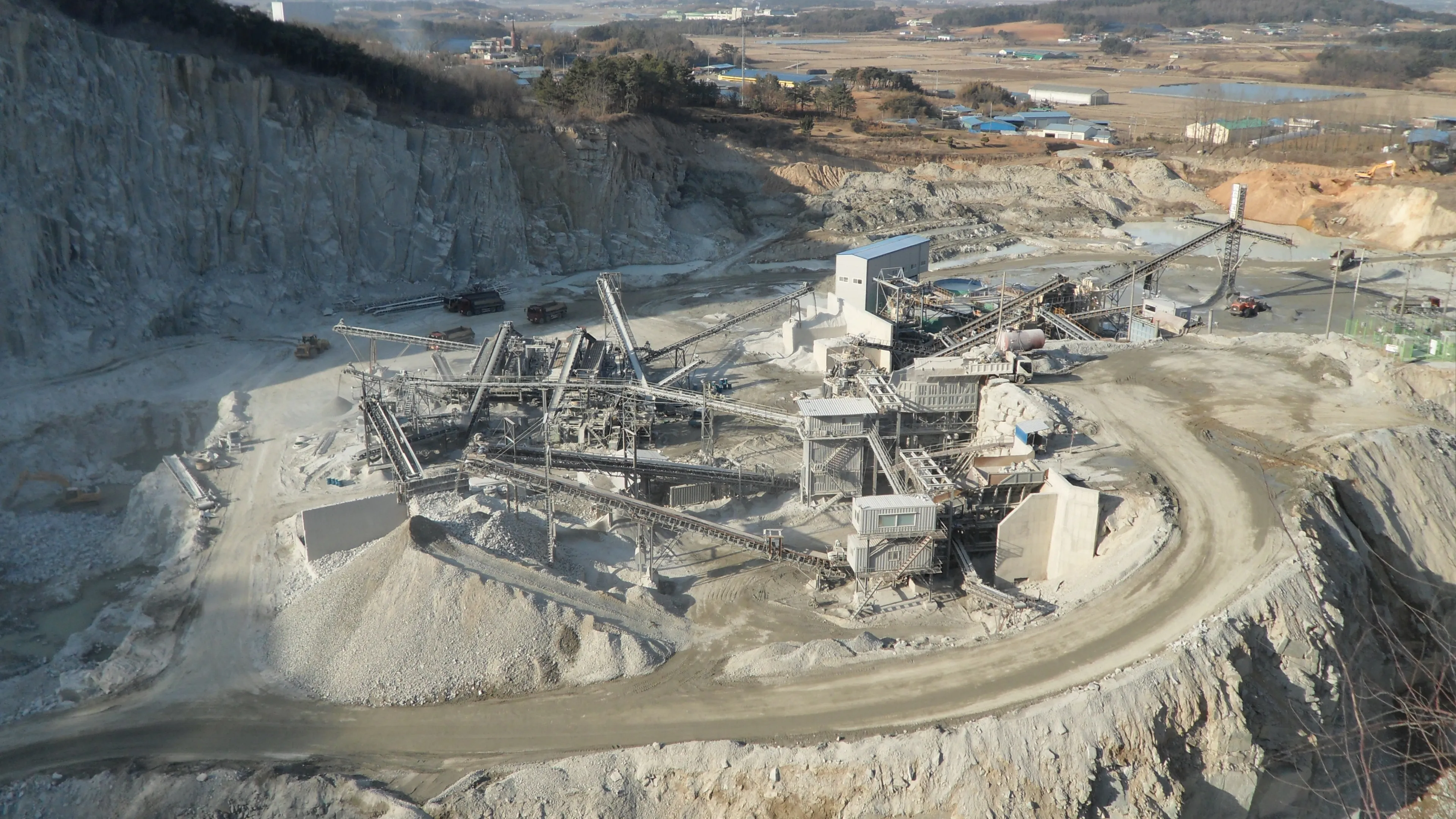A new mobile impact crusher, the Remax 1111 Maxi, enlarges SBM’s Remax series, and is said to combine decades of know-how of SBM and MFL.
The 29.8tonne (without options) track-mounted plant belongs Remax series compact class, and its total weight, including a secondary screening unit, is 34.5tonnes. Its dimensions mean the plant can be transported simply and easily.
March 2, 2016
Read time: 2 mins

A new mobile impact crusher, the Remax 1111 Maxi, enlarges 7156 SBM Mineral Processing’s Remax series, and is said to combine decades of know-how of SBM and MFL.
The 29.8tonne (without options) track-mounted plant belongs Remax series compact class, and its total weight, including a secondary screening unit, is 34.5tonnes. Its dimensions mean the plant can be transported simply and easily.
The standard hopper size is 3.3m³ but hydraulically folding hopper sides increase the hopper volume to 6m³.
“Optimum material flow is assured due to the integrated two-deck pre-screening unit with lateral discharge conveyor, the aggressive intake geometry and the discharge chute below the impact crusher for especially gentle transfer to the main discharge conveyor,” says SBM.
The heart piece of the Maxi is the impact crusher RCI 11/11/4 with a rotor diameter of 1,100mm and a system width of 1,100mm, which has been developed from the best of both SBM and MFL.
The Remax 1111 Maxi is said to be ideal for recycling applications due to the over-belt magnetic separator that can be raised and lowered hydraulically; the wind sifter for light fractions, and the one-deck secondary screen with a banana-shaped screening surface with a screen length of 3m.
The plant uses a diesel-electric drive with optional external power supply. The electric drive of the crusher produces 132kW, while an intelligent control system and software completes the full package.
The 29.8tonne (without options) track-mounted plant belongs Remax series compact class, and its total weight, including a secondary screening unit, is 34.5tonnes. Its dimensions mean the plant can be transported simply and easily.
The standard hopper size is 3.3m³ but hydraulically folding hopper sides increase the hopper volume to 6m³.
“Optimum material flow is assured due to the integrated two-deck pre-screening unit with lateral discharge conveyor, the aggressive intake geometry and the discharge chute below the impact crusher for especially gentle transfer to the main discharge conveyor,” says SBM.
The heart piece of the Maxi is the impact crusher RCI 11/11/4 with a rotor diameter of 1,100mm and a system width of 1,100mm, which has been developed from the best of both SBM and MFL.
The Remax 1111 Maxi is said to be ideal for recycling applications due to the over-belt magnetic separator that can be raised and lowered hydraulically; the wind sifter for light fractions, and the one-deck secondary screen with a banana-shaped screening surface with a screen length of 3m.
The plant uses a diesel-electric drive with optional external power supply. The electric drive of the crusher produces 132kW, while an intelligent control system and software completes the full package.








